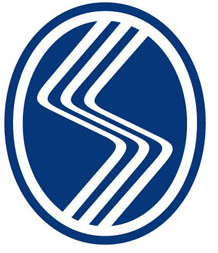Abstract:
In this study, seventeen flavonol derivatives (1-17) were evaluated with regard to their first-and second-order hyperpolarizability parameters. For this purpose, the molecular geometries of 1-17 were optimized by using B3LYP/6-311++G(d,p) level. Spectroscopic characterizations for 1-17 were executed through the calculations of IR, UV-vis, H-1 NMR and C-13 NMR spectra. The quantum chemical parameters such as electronegativity, chemical hardness, chemical potential and electrophilicity indexes were obtained by using the frontier molecular orbital (FMO) energies. The potential energy distribution (PED) analysis was used to provide a detailed assignment of vibrational bands. Important contributions to electronic absorption bands from FMOs were also evaluated. The distribution of FMOs to the whole molecule was investigated to determine the nature of electronic charge transfers in 1-17. The static and dynamic first-and second-order hyperpolarizability parameters for 1-17 were calculated by using B3LYP/6-311++G(d,p) level. The static beta and gamma were calculated at the ranges of 9.8279-0.0303 x 10(-29) esu and 80.200-268.40 x 10(-36) esu. The dynamic beta and gamma (omega = 532 nm) were also ob-tained in the field of 1.0440-71.786 x 10(-29) esu and 306.20-3607.00 x 10(-36) esu. This wide range of beta and gamma values indicate that flavonol derivatives with rational substitution may be promising candidates for first-and second-order NLO applications.











